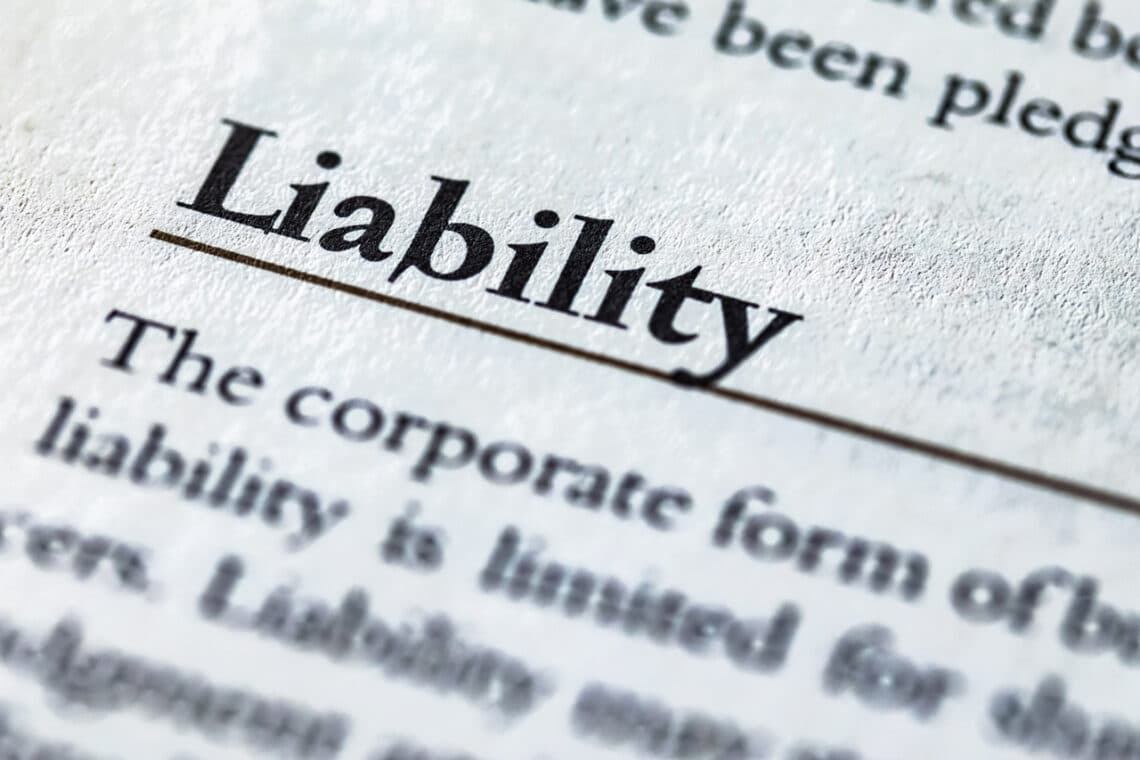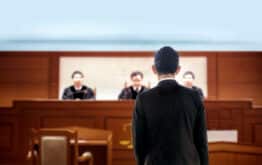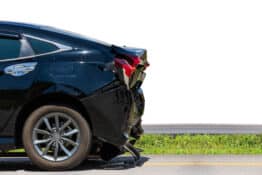
Proving Liability in Personal Injury Cases
In the field of personal injury law, the concept of liability is paramount. It refers to the legal responsibility that a person or entity holds when their negligence causes harm to another. The party at fault in a personal injury case often has liability insurance. It’s this insurance provider you’ll file a claim against, but it’s crucial to understand that the insurer will conduct its investigation to determine liability.
In the intricate world of personal injury litigation, The Bellovin Law Firm, PLLC, in Tucson, Arizona, plays a crucial role in establishing liability. The process often involves a meticulous examination of the circumstances surrounding the incident. Each detail, whether minute or major, can have a significant impact on the case’s outcome. The mission is to prove that the at-fault party’s negligence directly led to your injury is an undertaking that requires an experienced and skilled attorney.
Proving liability is not merely about pointing fingers, but substantiating claims with solid evidence. This process can include photographic evidence from the accident scene, video camera footage, witness statements, police reports, medical records, and expert testimony. With comprehensive legal expertise, the Bellovin Law Firm, PLLC, is adept at gathering and analyzing such evidence to strengthen your case.
Insurance companies, representing the liable party, often make their decisions on liability. However, they primarily aim to protect their own financial interests, frequently resulting in unfair settlements. You need an advocate, a personal injury attorney like those at the Bellovin Law Firm, PLLC, who can effectively counter the strategies employed by insurance companies. They work diligently to ensure that their client’s rights are protected and they receive the compensation they deserve.
Establish Liability
In personal injury law, establishing liability is a process that involves identifying the party or parties directly responsible for causing an accident and subsequent injury. The parties can range from individuals to businesses, or even government entities. A skilled personal injury lawyer, at The Bellovin Law Firm, PLLC, can provide the expertise required to investigate the circumstances of the case and pinpoint who is responsible for your injuries.
The concept of ‘strict liability’ implies that a person or entity can be held accountable for the harm caused, irrespective of their intent or negligence. This principle is typically applied in cases involving inherently dangerous activities or defective products. Determining this liability is a complex task, often necessitating deep legal and investigative knowledge.
The complexity of personal injury cases often leads to multiple parties sharing liability. For instance, in a car accident, the fault might be shared between another driver, the manufacturer of a defective vehicle part, or a government body responsible for road maintenance. It is in such scenarios that the breadth and depth of experience of the Bellovin Law Firm, PLLC, truly come to the fore.
The firm’s attorneys are well-versed in Arizona’s comparative negligence law, which can adjust compensation based on the injured party’s degree of fault. They ensure that their clients’ liability is accurately represented, advocating for fair compensation.
Proving Negligence
Establishing negligence is a core aspect of personal injury law and includes several key components. These components form the backbone of a successful personal injury claim. The method to prove negligence is multi-faceted and case-specific, making it vital to consult an experienced personal injury attorney at The Bellovin Law Firm, PLLC. Here’s a rundown of the elements involved:
- Duty of Care: First, it must be established that the defendant (the party at fault) had a duty of care towards you. This implies they had a legal obligation to exercise a certain level of caution to prevent causing harm. For example, drivers are required to abide by traffic rules to ensure the safety of others on the road. Similarly, property owners are expected to maintain safe premises for visitors.
- Breach of Duty of Care: Next, it’s necessary to demonstrate that the defendant breached their duty of care, either knowingly or through negligence. A classic example is a driver operating a vehicle under the influence of drugs or alcohol or a property owner neglecting to fix a dangerous condition, such as a broken handrail.
- Causation: The third element involves proving that the defendant’s breach of their duty of care directly resulted in your injury. This cause-and-effect relationship, often termed “proximate cause,” is vital. Your injury must be a consequence of the defendant’s negligence, meaning it wouldn’t have occurred but for the defendant’s actions. If you had a physical condition that existed before the accident, you can still recover compensation si the accident aggravated that condition
- Damages: Finally, it’s essential to substantiate the damages incurred. You must have suffered actual financial, physical, or psychological losses due to the defendant’s negligence. Even if the defendant acted negligently, there are no grounds for a lawsuit without demonstrable damages.
Proving negligence is a task demanding precision, thoroughness, and professional acumen. The Bellovin Law Firm, PLLC, armed with its robust expertise and unwavering commitment, stands ready to assist you in your fight for justice. They understand the nuances involved and are adept at navigating this challenging legal terrain. Don’t hesitate to reach them at (520) 369-2088 for a detailed discussion about your case.









